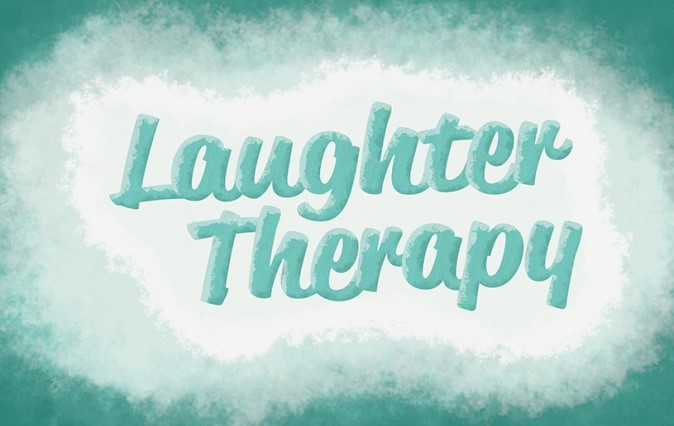
Humour (Laughter) Therapy
[Source: excerpts from the Encyclopedia of Alternative Medicine]
Humour therapy is the art of using humour and laughter to help heal people with physical or mental illness. Modern humour therapy dates from the 1930s, when clowns were brought into hospitals to cheer up children hospitalized with polio. In his 1979 book, Anatomy of an illness, author Norman Cousins brought the subject of humour therapy to the attention of the medical community. Cousins, himself a physician, details how he used laughter to help ease his pain while undergoing treatment for rheumatoid arthritis of the spine. The benefits of laughter in treating the sick captured the public’s attention in 1998 movie Patch Adams, starring Robin Williams as real-life doctor Hunter “Patch” Adams.
Why is psychoanalysis is a lot quicker for a man than a woman?
Because when it’s time to go back to childhood, a man is already there.
 While several studies have demonstrated that humor therapy raised the level of salivary immunoglobin A, they have also been challenged. Other research focuses on the effects of humor therapy on natural killer (NK) cell assays, which are considered to give clearer and more replicable results. The general conclusion is that laughter has the potential to reduce stress and stress hormone levels, consequently reducing their effects on the immune system. Humor therapy may well be a useful complementary therapy for oncology patients.
While several studies have demonstrated that humor therapy raised the level of salivary immunoglobin A, they have also been challenged. Other research focuses on the effects of humor therapy on natural killer (NK) cell assays, which are considered to give clearer and more replicable results. The general conclusion is that laughter has the potential to reduce stress and stress hormone levels, consequently reducing their effects on the immune system. Humor therapy may well be a useful complementary therapy for oncology patients.
 Hospitals, hospices, nursing homes, and other medical care facilities can also turn to professionals for help in bringing humor to their patients. One example is the Big Apple Circus Clown Care Unit, which has programs in hospitals throughout the New York Metropolitan area and major children’s hospitals throughout the United States, including Children’s Hospital in Boston. Professional clowns perform three days a week at the bedsides of hospitalized children to help ease the stress of serious illnesses. The clowns use juggling, mime, magic tricks, music, and gags to promote the healing power of humor, instead of stethoscopes, thermometers, and hypodermics, the “doctors of delight” make their “clown rounds” with Groucho Marx disguises, funny hats, and rubber chickens.
Hospitals, hospices, nursing homes, and other medical care facilities can also turn to professionals for help in bringing humor to their patients. One example is the Big Apple Circus Clown Care Unit, which has programs in hospitals throughout the New York Metropolitan area and major children’s hospitals throughout the United States, including Children’s Hospital in Boston. Professional clowns perform three days a week at the bedsides of hospitalized children to help ease the stress of serious illnesses. The clowns use juggling, mime, magic tricks, music, and gags to promote the healing power of humor, instead of stethoscopes, thermometers, and hypodermics, the “doctors of delight” make their “clown rounds” with Groucho Marx disguises, funny hats, and rubber chickens.
How many psychologists does it take to change a light bulb?
- The light bulb will change itself when it is ready.
- Just one, but the light bulb really has to want to change.

